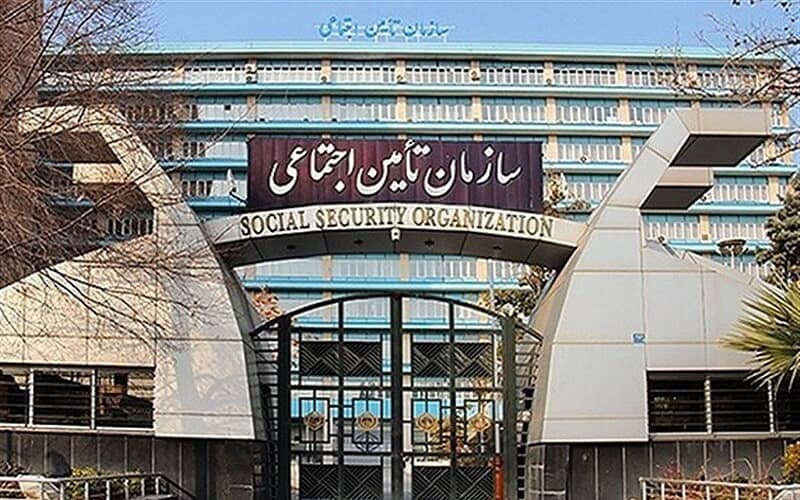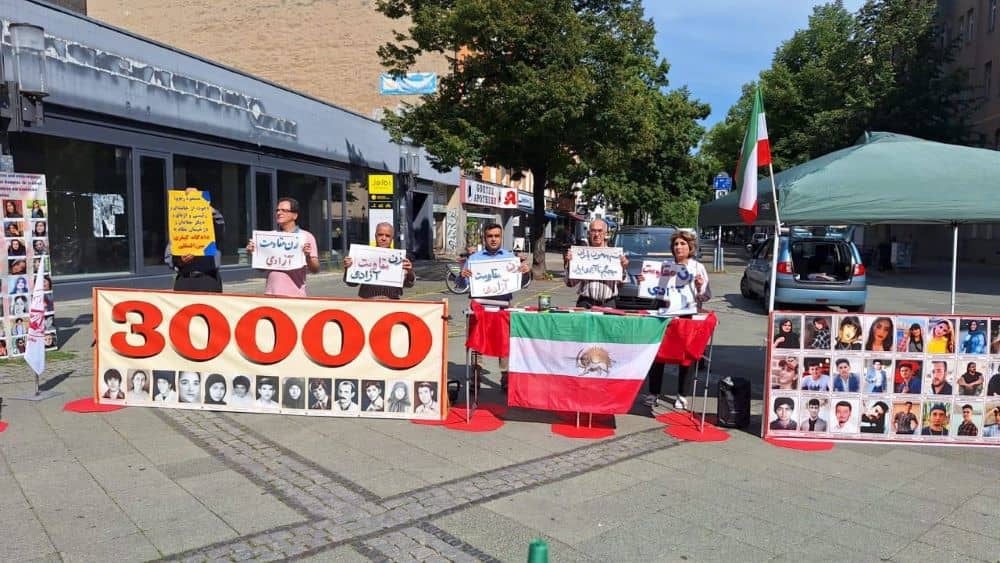
Iran’s Social Security Organization is one of the dozens of centers of socio-economic crisis, which is caught in a quagmire of corruption and mismanagement, and experts believe that in the not-too-distant future it will collapse due to various problems.
Any country to ensure the welfare of society, public insurance, and social stability need a device with functions appropriate to social conditions to provide relative justice for each of its citizens.
This device is called ‘Social Security Organization’ in Iran. Instead of ensuring the welfare and financial security of the people, it is an organization that is in deep crisis and on the verge of collapse.
According to the statistics of this organization, currently, 42 million people, half of Iran’s population, are covered by social security insurance and use its services. Meanwhile, 6 million people receive pensions, the amount of which reaches about 9,000 billion tomans ($321,5 million) per month.
This state-run organization has entered a path after the Islamic Revolution, which experts believe is nothing but collapse.
While social security should essentially be run by the people and the private sector and overseen by the government, the unwarranted interference of the regime’s officials has misled the organization and drained its financial resources.
The Social Security Organization of Iran once had significant financial resources; However, the bankrupt government of the regime plundered these resources every time it suffered a budget deficit so that the situation of this organization is worsening year by year. One of the complex problems of this organization now is the lack of financial resources and the imbalance of financial statements.
“If the current trend continues, I think in 2021, Social Security will be in a critical situation where, if they direct all the oil pipelines into this organization, they will not be able to solve the problems,” said Hassan Sadeghi, president of the Veterans of the Workers’ Union.
Evidence shows that one of the financial problems of the Social Security Organization is the non-receipt of overdue receivables.
Official statistics show that the government is the largest debtor of this organization, and it postpones the payment of its debt every year.
Mohammad Shariatmadari, the former Minister of Cooperatives, Labor and Social Welfare in the Rouhani government, had acknowledged that “the government owes about 180,000 billion tomans ($6.5 billion) to social security.”
But some statistics indicate that the government owes 400,000 billion tomans ($14.3 billion) to social security. It is said that three billion tomans (about $108 million) are added to this huge debt daily. However, the government is unable to pay its debts due to income poverty and budget deficit.
The regime’s Parliamentary Research Center published a report on the crisis of the Social Security Organization in November 2017, which caused a great deal of controversy at the time.
In its report, the center advised the Social Security Organization to “reform management and operations, avoid government interference in fund affairs, assign medical care, prevent the accumulation of government debt, and increase the retirement age” to address the problems. Despite all the recommendations, the government has raised the retirement age only in the 2022 budget bill.
But the problems of this organization are more complicated than being solved with a few recommendations. The Social Security Organization is currently facing a debt of about 60,000 billion tomans ($2 billion), of which only 40,000 billion tomans ($1,5 billion) is related to bank facilities.
The problem of imbalance in the financial statements of this organization has also become an unsolvable problem. Currently, the financial balance sheet of social security is facing a deficit of 4,500 billion tomans ($161 million), and if this trend continues, this figure is expected to reach 120,000 billion ($4,3 billion) tomans by 2025.
The income and expenditure gap of the Social Security Administration is primarily due to the high number of new retirees compared to the low number of newly insured.
Currently, the Social Security support coefficient is 5.5; That is, it pays a premium of 5.5 people for each pension; However, to balance income and expenses, this figure must reach 6.37 people.
Insurance experts have warned that the organization’s support factor will fall below 4 in the next eight years. Statistics show that the social security support coefficient before the revolution was 25, which seems to be a very desirable figure.
Total debt, accumulated arrears, imbalance of financial statements, government interference, mismanagement of assets, and low support of the Social Security Organization have now become a complex problem that cannot be solved by the regime’s corrupt government. Observers believe that the collapse of this organization, along with the crisis of water, poverty, and unemployment, is one of Iran’s ‘super-challenges’ that will soon affect at least half of Iran’s population.





